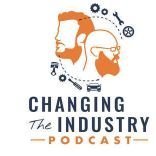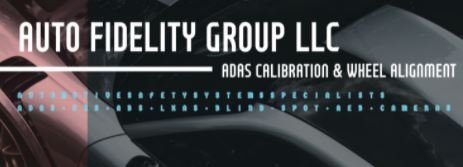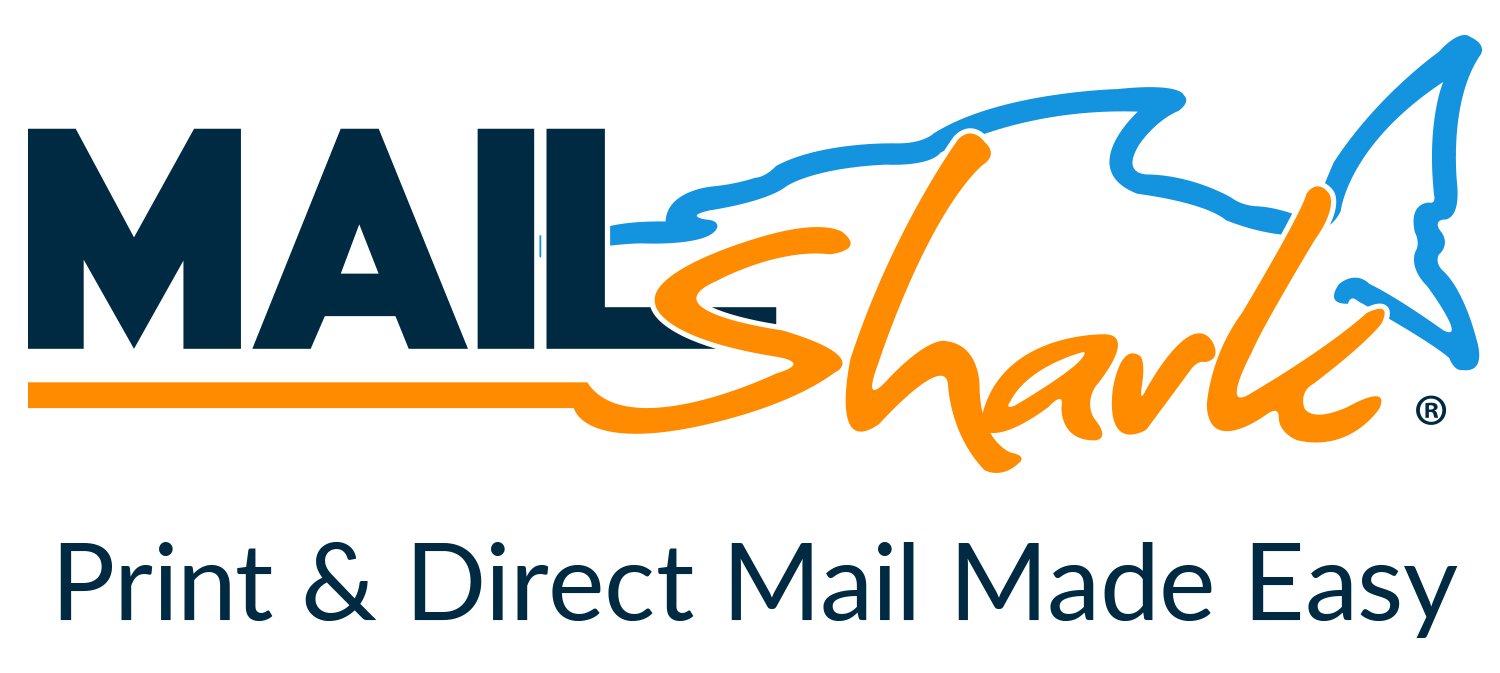By
carmcapriotto
Thanks to our Partners, AAPEX, NAPA TRACS, and Automotive Management Network Wayne Colonna discusses the critical need for specialized transmission training, the increasing demand for remanufactured transmissions, and the technical intricacies of modern transmission diagnostics and repairs. The conversation also highlights the challenges of attracting young talent to the field and the importance of awareness about new technologies and industry changes. Wayne Colonna, President, ATSG and ETE Reman Company.
Show Notes
Transmission Training and Awareness (00:01:54) Discussion about the need for transmission training, awareness, and the challenges and changes in the transmission industry.
Technical Complexities of Modern Transmissions (00:02:49) Insights into the technical complexities involved in diagnosing and repairing modern transmissions, including the impact of various factors on transmission function.
Challenges of Transmission Diagnostics (00:12:26) The detective work and critical thinking required for effective transmission diagnostics, including examples of changes in transmission technology.
Demand for Transmission Specialists (00:15:57) Discussion on the need for more transmission specialists in the industry and the challenges in attracting young people to the transmission business.
Complexities of Modern Transmissions (00:23:11) Exploration of the technical complexities of modern transmissions, including the challenges in diagnosing and repairing them.
Technical Challenges in Transmission Repair (00:23:52) Insights into the unique features and challenges of specific transmission models, such as the Jeep nine-speed transmission.
GM's Tune PWN Programming (00:26:02) Explanation of GM's unique transmission programming system and the complexities involved in reprogramming transmissions.
Challenges with 10-Speed Transmissions (00:29:42) Discussion of programming challenges and the impact of diesel system modifications on 10-speed transmissions.
Profitability and Parts Availability in Transmission Shops (00:32:26) Insights into the profitability and operational challenges of transmission shops, including the impact of parts availability on shop efficiency.
Innovative Design in GM's 8L90 Transmission (00:33:53) Explanation of the innovative binary pump and its challenges in priming and sealing, specifically in GM's 8L90 transmission.
Thanks to our Partners, AAPEX, NAPA TRACS, and Automotive Management Network Set your sights on Las Vegas in 2024. Mark your calendar now … November 5th-7th, 2024. AAPEX - Now more than ever. And don’t miss the next free AAPEX webinar. Register now at http://AAPEXSHOW.COM/WEBINAR NAPA TRACS will move your shop into the SMS fast lane with onsite training and six days a week of support and local representation. Find NAPA TRACS on the Web at http://napatracs.com/ Get ready to grow your business with the Automotive Management Network: Find on the Web at http://AftermarketManagementNetwork.com for information that can help you move your business ahead and for the free and informative http://LaborRateTracker.com Connect with the Podcast: -Follow on Facebook: https://www.facebook.com/RemarkableResultsRadioPodcast/ -Join Our Private Facebook Community: https://www.facebook.com/groups/1734687266778976 -Subscribe on YouTube: https://www.youtube.com/carmcapriotto -Follow on LinkedIn: https://www.linkedin.com/in/carmcapriotto/ -Follow on Instagram: https://www.instagram.com/remarkableresultsradiopodcast/ -Follow on Twitter: https://twitter.com/RResultsBiz -Visit the Website: https://remarkableresults.biz/ -Join our Insider List: https://remarkableresults.biz/insider -All books mentioned on our podcasts: https://remarkableresults.biz/books -Our Classroom page for personal or team learning: https://remarkableresults.biz/classroom -Buy Me a Coffee: https://www.buymeacoffee.com/carm -The Aftermarket Radio Network: https://aftermarketradionetwork.com -Special episode collections: https://remarkableresults.biz/collections
Click to go to the Podcast on Remarkable Results Radio















Recommended Posts
Create an account or sign in to comment
You need to be a member in order to leave a comment
Create an account
Sign up for a new account in our community. It's easy!
Register a new accountSign in
Already have an account? Sign in here.
Sign In Now